The most recent issue of Science News (18 December 2010) has the following notes from 17 December 1960:
However, if you want to travel to the Moon or journey anywhere within the Solar System, Galactic Cosmic Radiation will require that the human crew is protected. Let’s take a look at the problem and the research required to test and implement solutions. Synopsis The GCR problem arises from interstellar atomic nuclei traveling near the speed of light striking the structure of a spacecraft. The resulting shower of secondary particles cause radiation damage. The Earth is protected by the Van Allen belts and a deep atmosphere. Brief journeys such as an Apollo mission does not expose the astronaut to dangerous dosages. However, astronauts on such a journey are at risk from Solar flares (Solar Particle Events – SPE). SPEs can be mitigated with layers of hydrogen rich materials such as polyethylene or water. GCRs, however, require spaceships on long journeys of more than 100 days, or habitats on the Lunar or Martian surface, to be surrounded by tens of meters of water for passive protection, or magnetic shields for active protection. Either solution is extremely heavy and makes space flight prohibitive in terms of propellant requirements. The following sections discuss each aspect and provide references for further reading about the problem The Source of GCR Galactic Cosmic Rays come from outside our Solar System, but from within our galaxy, the Milky Way. They are comprised of atomic nuclei that have been stripped of their electrons. These nuclei can be any element. Common elements are carbon, oxygen, magnesium, silicon, and iron with similar abundances as the Solar System. Lithium, Berylium and Boron are overabundant relative to the Solar System ratios.
The Shielding Problem Early on, it was suggested that cosmic rays could penetrate the Apollo spacecraft. From “Biomedical Results of Apollo” section IV, chapter 2, Apollo Light Flash Investigations we have the following account:
When Galactic Cosmic Rays collide with another atom, such as those contained in the Aluminum, Stainless Steel or Titanium structures of a spacecraft, they can create a shower of secondary particles, These secondary particles cause radiation damage in living organisms (humans). The problem is creating sufficiently powerful barriers to these extremely energetic nuclei.
Researching Solutions
See also the recent article in New Scientist about radiation hazards. A tip of the hat to ParabolicArc. |
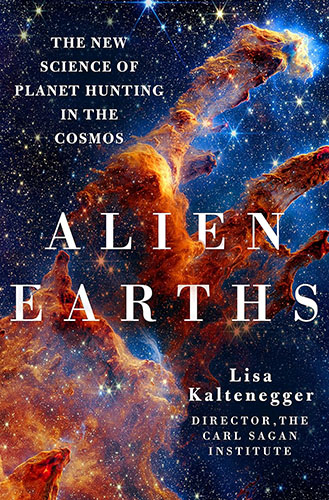
Book Review: Alien Earths
Category: Nonfiction Reviewed by: Peter Spasov Title: Alien Earths: The New Science of Planet Hunting in the Cosmos Author: Lisa

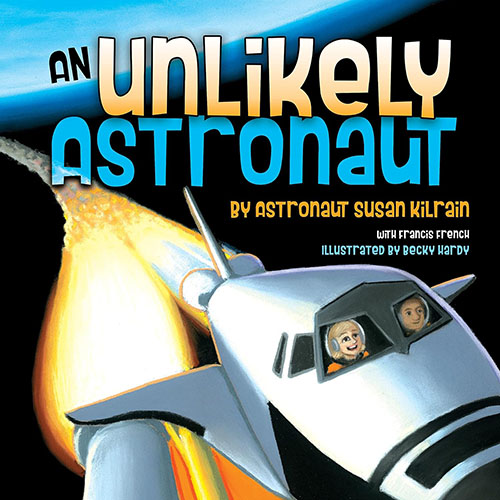
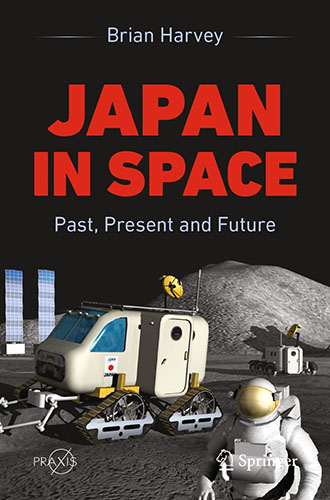

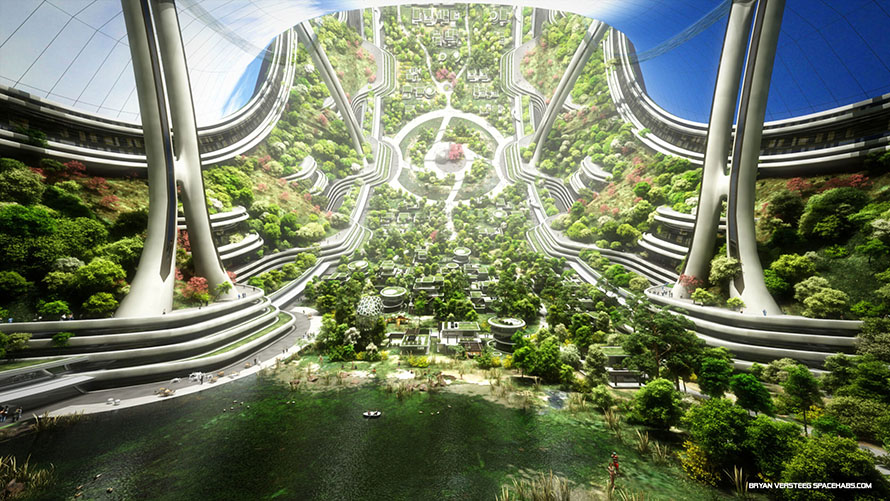
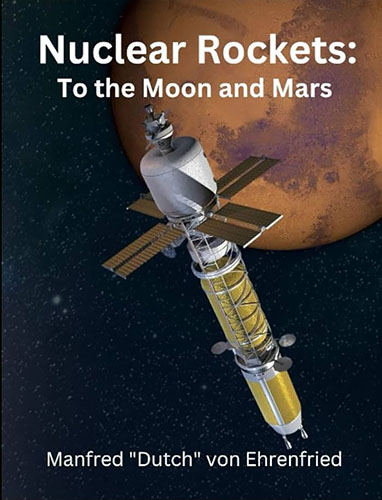
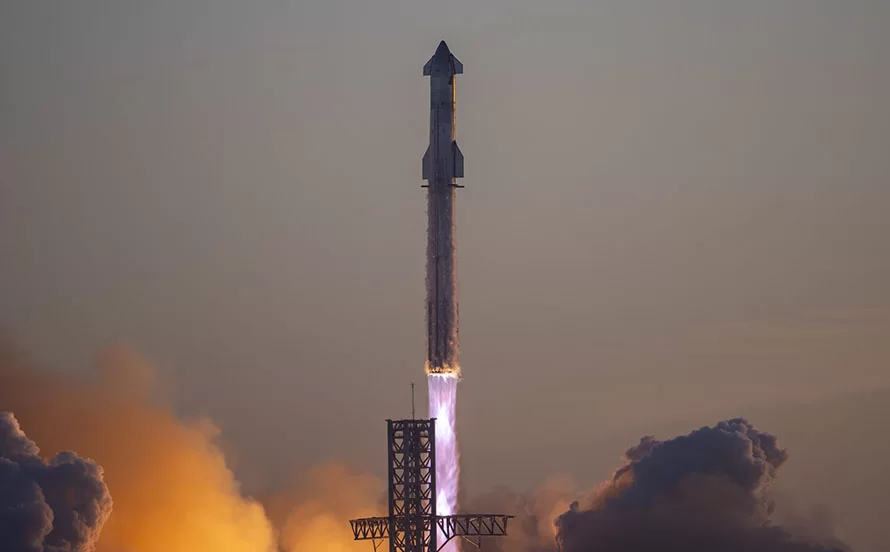
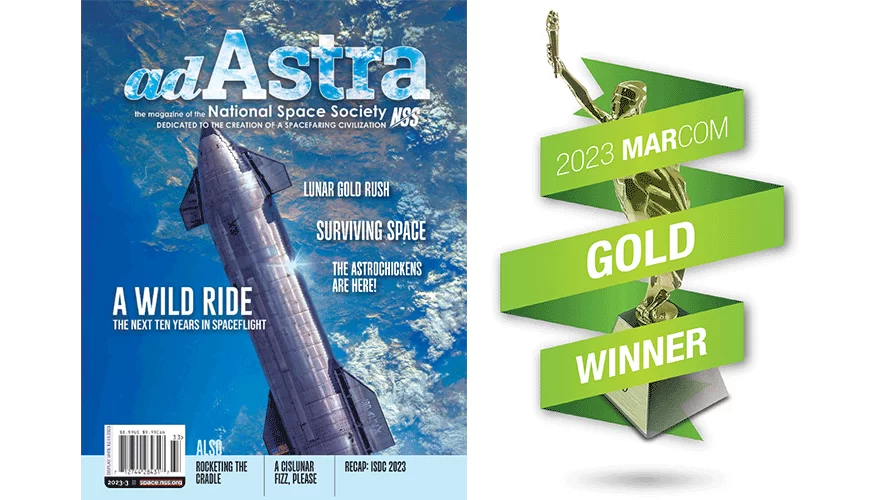
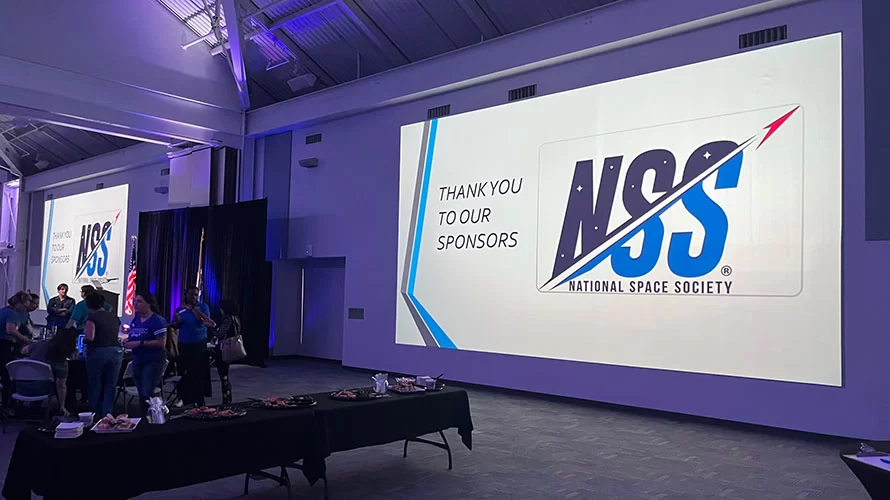
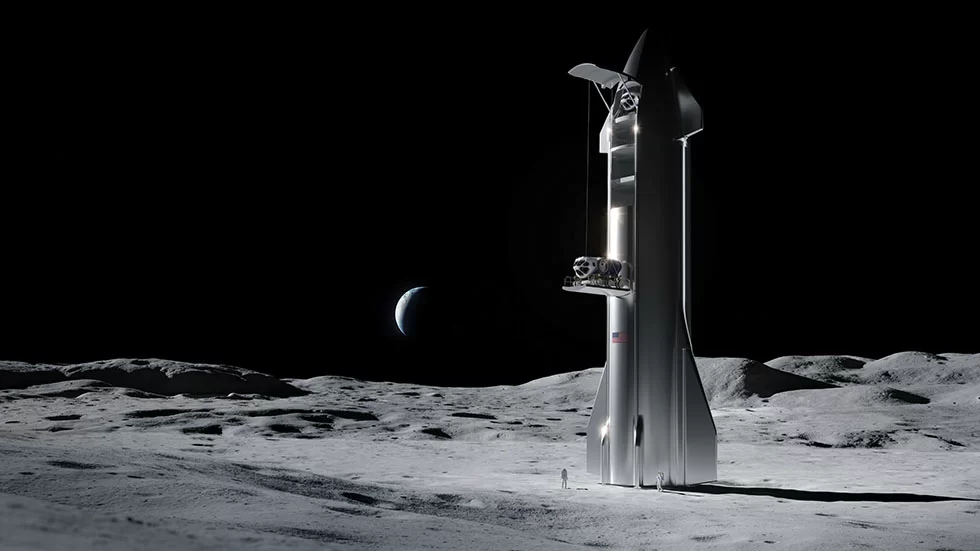

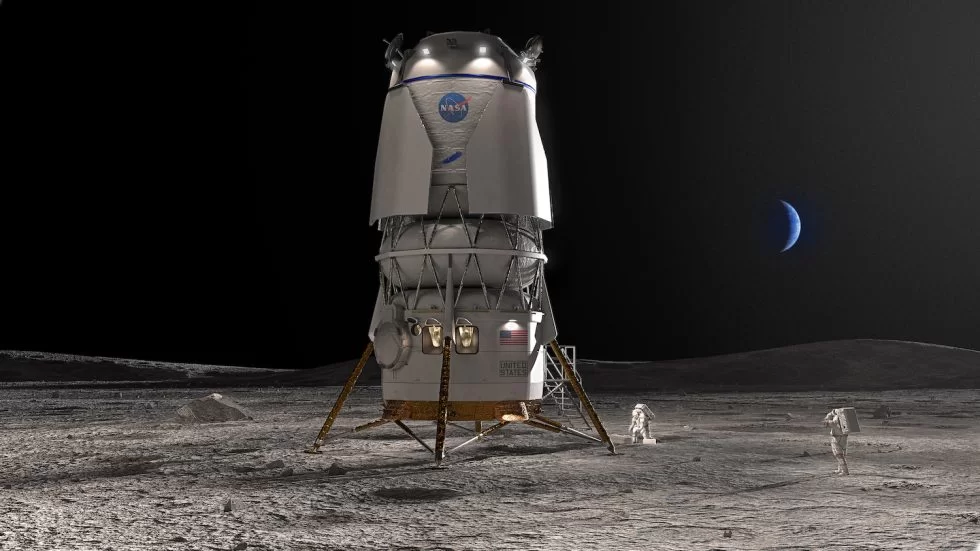
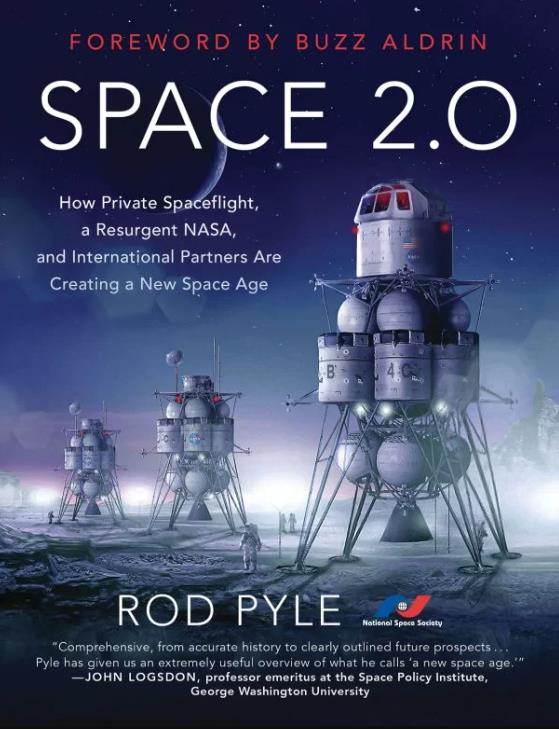
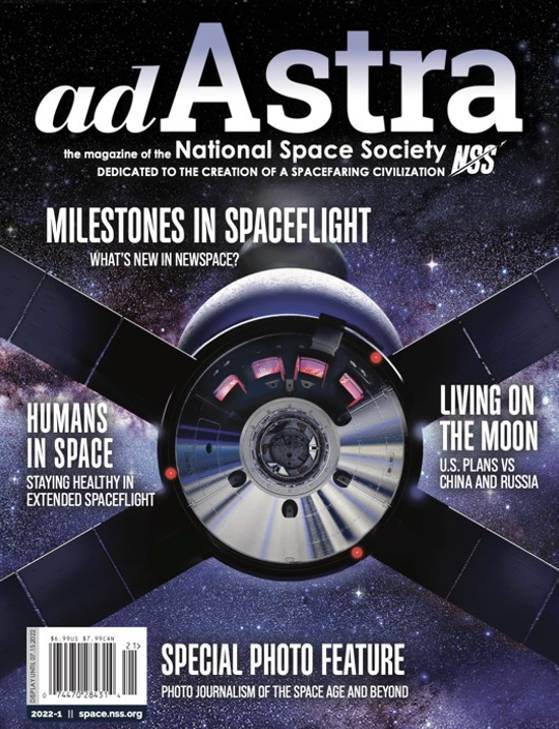
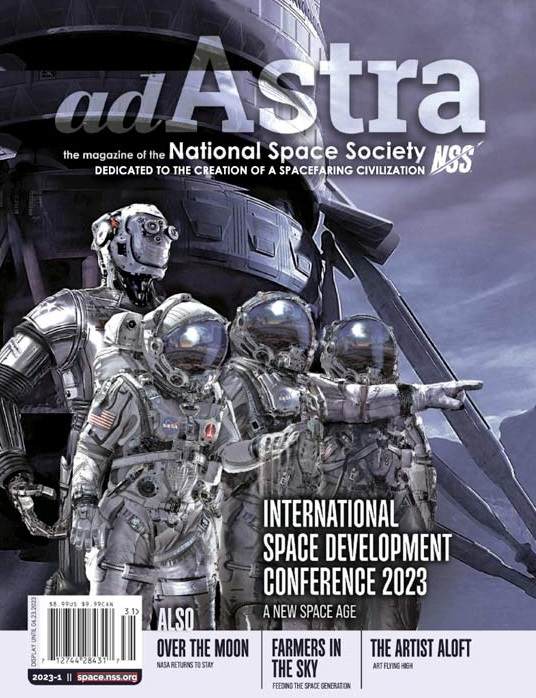



1 thought on “Galactic Cosmic Rays (GCR) – The 800 Pound Gorilla”
What is the most effective barrier for GCR. What is the long term prognosis for someone exposed to it over a period of time. Is there any safe amount of time to be exposed.